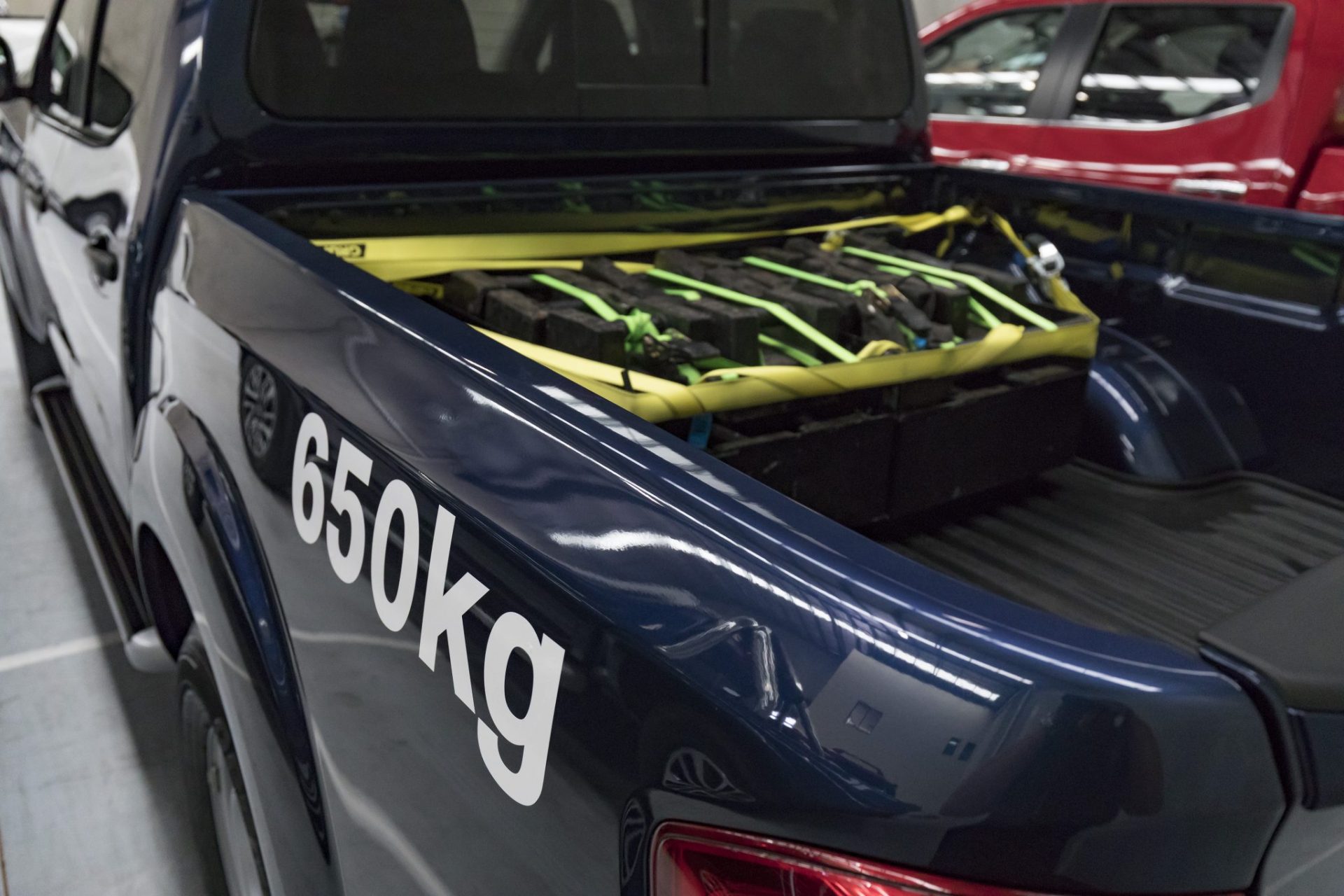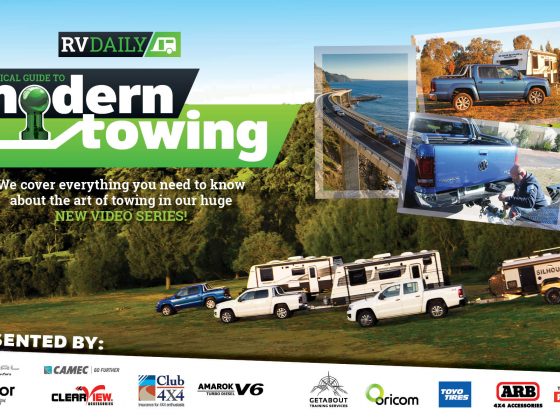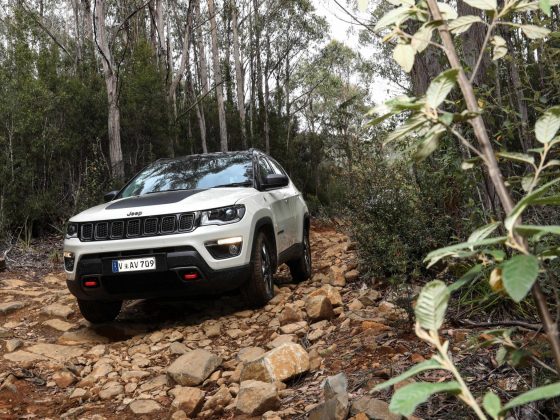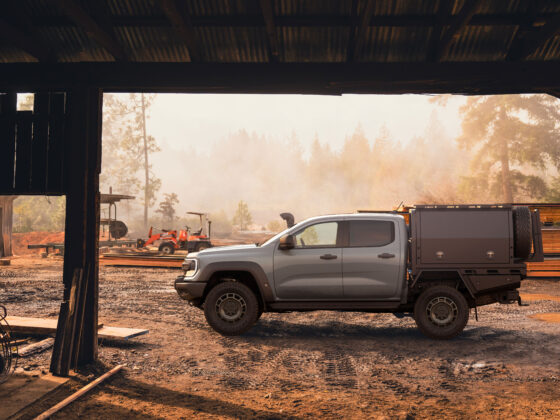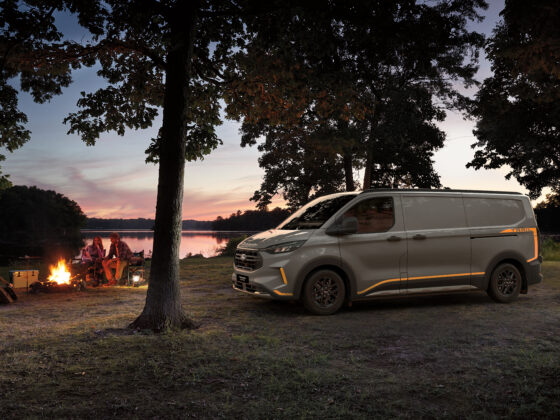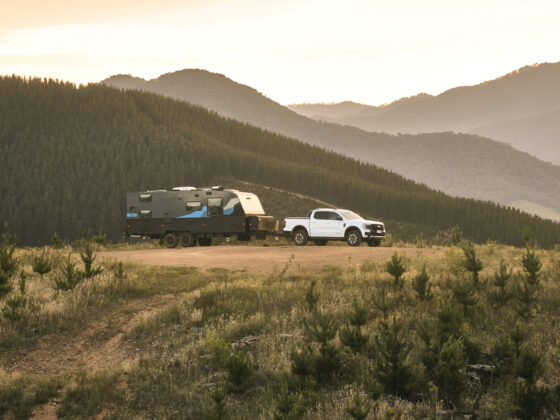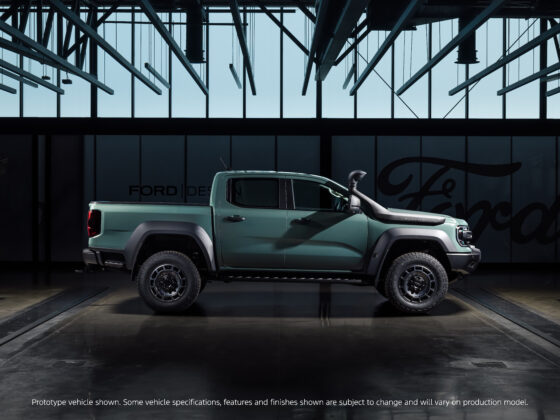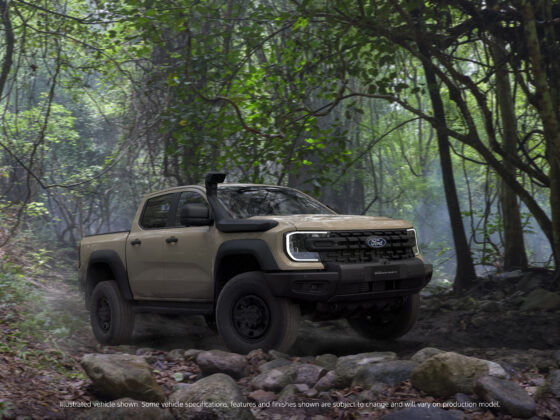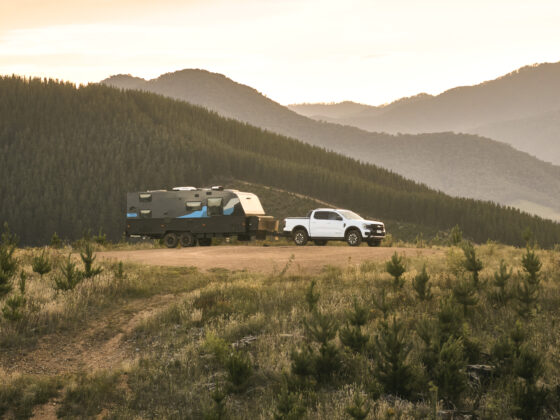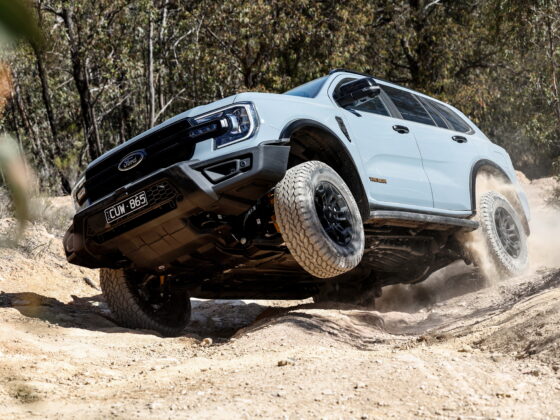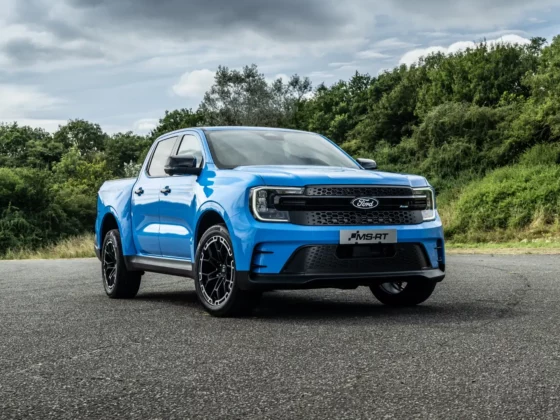There’s no getting around it, the original D23 Nissan Navara that came out in 2015 missed the mark. Unloaded, it was a great car. It was efficient, grunty and comfortable. Plus, it shed those leaf springs in favour of a five-link coil-spring setup.
But, it was too soft. Loaded, or towing a big trailer, the car quickly went to the bumpstops and lost all semblance of composure. Steering got vague and light, and the rear end was equally unpredictable.
But now it’s fixed. We’ve driven the new 2018 Nissan Navara, which has had a few key changes to improve the capability. Let’s have a closer look.
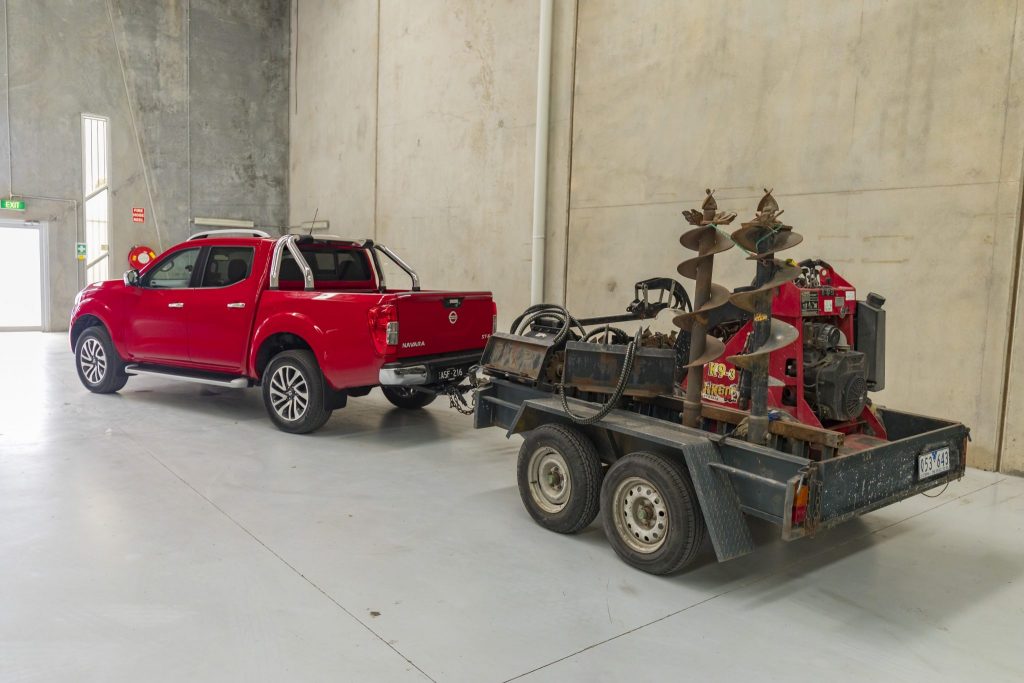
When loaded, the older Navara felt quite floaty and indirect. Now, steering feel is much meatier, and is a significant improvement. It’s less carlike, more ute-like. But that’s not a bad thing. It’s actually great. You’ve got a better feeling of control and feedback, especially when the car is loaded up in the rear: no doom-like onset of vagueness. This is mainly down to a new tighter steering ratio.
The rear coils are now dual rate, which I reckon is a great move. Where the old spring had a static 42 kilonewton (kN) rate, the new one starts at 37kN and tops out at 75kN. There is also a faster steering ratio in the front, which has given it a lot more meat and feel for the driver.
The stiffer, progressive rate rear spring makes for a significant overall change in dynamics. I thought the front end was beefed up as well to match the rear, but the only change is that coil. The shocks were given more damping in the V2 update, and that has stayed for V3. Honestly, a little more damping would be nice when loaded and going over big undulations, as it does just start to unsettle, but that’s also being really, really picky.
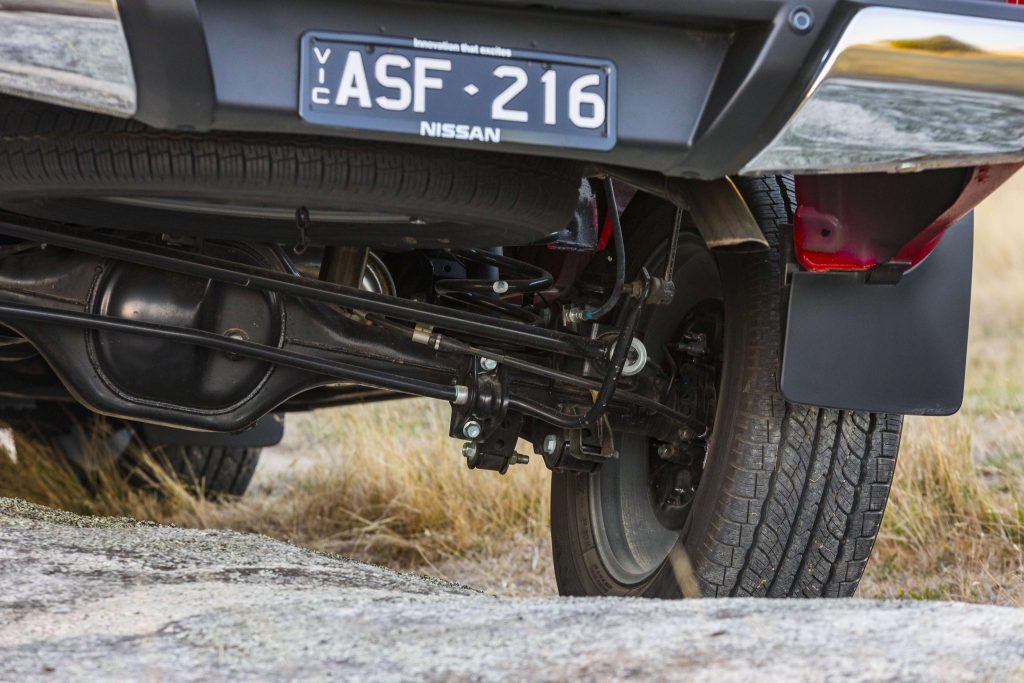
The ride height is increased at the rear, up 25mm over the previous version. Impressively, when loaded, that goes up to a 40mm increase in static ride height. Proper gear for a proper job.
Now it’s stiffer, that ride does take on a slight jiggle over small bumps. Not it’s not bad, and definitely not harsh. It’s still an improvement unladen, and is meteorically better when loaded. Think of it this way: it was a more carlike drive before, but it also handled a load like a Tiida would: awfully. It’s definitely more ute-like to drive: more assertive. But now loaded, it now (most importantly) cuts the mustard.
Why and how did they get it so wrong to start with? Nissan put too much attention on the Thai market, which dwarves the Australian market in sales, in orders of magnitude. Originally, the Navara had a global tune that was overly soft and car-like, and Nissan thought it would be good enough for the rest of the world. In the United Kingdom, maybe they don’t mind, but in Australia, it was a dead-set flop.
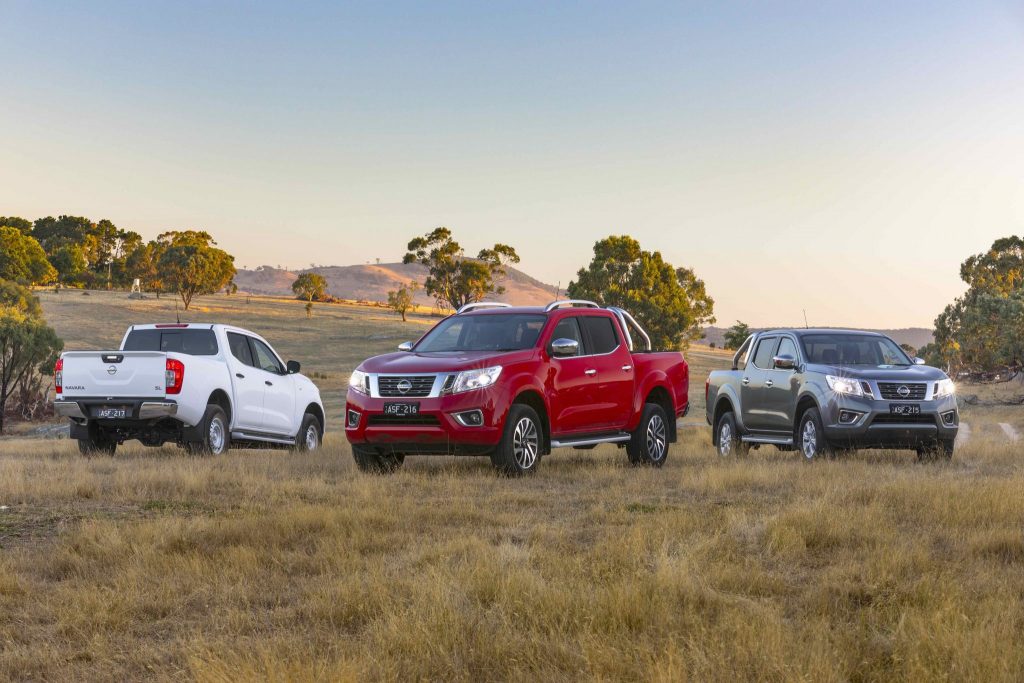
It has been a two-year process for them to recognise the problem, and then fix it. In that process, they have flown in international engineering teams, teamed them up local teams, and have driven problematic Australian roads to gauge the problems. Kinglake and Bendigo, both in Victoria, were the areas used. Then with the revised coils and steering, they came back out to the same roads to finalise the tune.
Nissan have learnt the hard lesson here: what is good for the goose isn’t necessarily good for the gander, and the Australian market is a harsh and demanding one that needs special attention and care. Now, they are switched on to that importance, and will be taking on a lot more Aussie feedback and development now, and in the future.
The bad new for them is because the first attempt missed the mark, and it has taken them three years to properly fix it, they have lost many, many sales. The market is evolving so fast, and moving to the high end. They see the Australian market leading trends, so they will use what works here for the rest of the world.
But the good news is, for the Australian ute-buying public, is that the Nissan Navara should be firmly back on the list. The solid interior and good driveline are still there, and now that coil-sprung rear end has been sorted out, it’s a genuine contender against the competition once again.
2018 Nissan Navara Prices (MSRP)
Single Cab
DX 4×4 6MT Cab Chassis $31,990
RX 4×2 6MT Cab Chassis $25,990
RX 4×4 6MT Cab Chassis $32,990
RX 4×4 7AT Cab Chassis $35,490
King Cab
RX 4×2 6MT Cab Chassis $28,490
RX 4×4 6MT Cab Chassis $35,490
RX 4×4 6MT Pickup $37,290 (+$300)
ST 4×4 6MT Pickup $43,990
ST 4×4 7AT Pickup $46,490
ST-X 4×4 6MT Pickup $49,990
ST-X 4×4 7AT Pickup $52,490*
* Leather accented seats + driver’s power + front heated (Option on ST-X 4×4 7AT) $1,500
Dual Cab
RX 4×2 6MT Pickup $33,490 (+$500)
RX 4×2 7AT Pickup $35,990 (+$500)
ST 4×2 6MT Pickup $40,190 (+$200)
ST 4×2 7AT Pickup $42,690 (+$200)
ST-X 4×2 6MT Pickup $44,990*
ST-X 4×2 7AT Pickup $47,490*
* Leather accented seats + driver’s power + front heated (Option on ST-X 4×2 6MT/7AT) $1,500
RX 4×4 6MT Cab Chassis $38,490
RX 4×4 7AT Cab Chassis $40,990
RX 4×4 7AT Pickup $42,990 (+$500)
SL 4×4 6MT Pickup $43,990
SL 4×4 7AT Pickup $46,490
ST 4×4 6MT Pickup $47,190 (+$200)
ST 4×4 7AT Pickup $49,690 (+$200)
ST-X 4×4 6MT Pickup $51,990*
ST-X 4×4 7AT Pickup $54,490*
* Leather seats + driver’s power + front heated (Option on ST-X 4×4 6MT/7AT) $1,500
* Sunroof (Option on ST-X 4×4 6MT/7AT) $1,000



